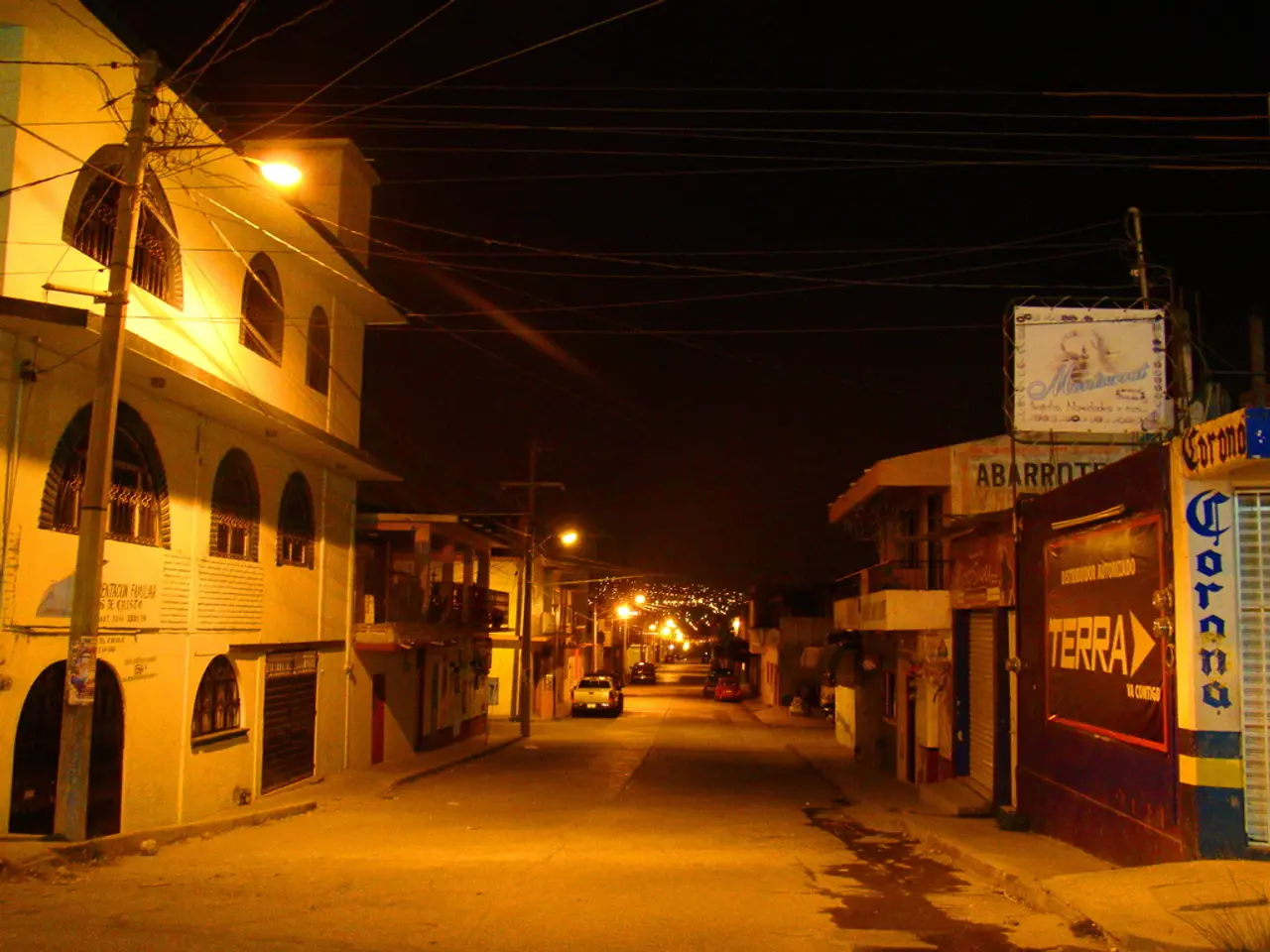Regional energy specialists urge the ASEAN Centre for Energy to explore low-emission energy solutions for the shared power infrastructure.
The ASEAN Centre for Energy (ACE) has been tasked with conducting a study on the decarbonisation pathways for the ASEAN Power Grid (APG) in 2025. This study aims to explore different ways to achieve decarbonisation in the Southeast Asian power grid by leveraging regional renewable energy potential.
The APG is a crucial facilitator of power trade among ASEAN countries, helping to meet soaring electricity demand while promoting cleaner energy sources. Established interconnections like the Lao PDR-Thailand-Malaysia-Singapore Power Integration Project demonstrate the potential benefits of regional cooperation.
ACE, recognized as the regional energy think tank responsible for analyzing low-carbon options and undertaking optimization studies for decarbonising the APG, is working under Malaysia’s ASEAN chairmanship in 2025 to advance the Renewable Energy Long-term Roadmap. The organisation is focused on achieving breakthroughs regarding the APG.
However, experts emphasize that ACE requires an official mandate from ASEAN leaders to complete the scenario planning and fully execute the study. This workshop and coordination efforts feed into the broader ASEAN Plan of Action for Energy Cooperation (APAEC) and the Renewable Energy Sub-Sector Network’s activities in 2025.
The decarbonisation of the APG aligns with the region's goals of economic growth and increased energy supply. However, the production of solar energy in Singapore would cost more than producing green energy in neighbouring countries due to land scarcity.
As the region moves towards achieving net zero emissions, ASEAN countries must consider how they can achieve their nationally determined contributions (NDCs) to the Paris Agreement in a way that is affordable and fair. Most ASEAN countries aim to achieve net zero emissions by 2050, with Thailand considering bringing forward its deadline to 2050. Indonesia plans to achieve net zero by 2065.
Sachs emphasized the need for an integrated low-carbon grid in the region as part of a competitive industrial strategy. Regional agreements allowing the trade in electricity across Southeast Asian countries are considered important, alongside physical interconnectors.
The ASEAN Power Grid (APG) is being considered for a study on its decarbonisation pathways. At least US$100 billion is needed to build more transmission lines for the ASEAN Power Grid. ACE is an intergovernmental organisation that serves as an energy think tank for Southeast Asian countries.
In summary, ACE is the designated organisation to conduct the decarbonisation pathway study for the APG, but its full authorization by ASEAN leaders is pending to complete detailed scenario planning and optimization work for a low-carbon regional power grid. As the region moves towards a more sustainable future, coordination and cooperation will be key to achieving affordable and fair decarbonisation.
- ACE, tasked with conducting a study on the decarbonisation pathways for the ASEAN Power Grid (APG) in 2025, is focusing on achieving breakthroughs regarding the APG as part of the Renewable Energy Long-term Roadmap.
- The APG, a crucial facilitator of power trade among ASEAN countries, is being considered for a study on its decarbonisation pathways, requiring at least US$100 billion to build more transmission lines.
- As the region moves towards achieving net zero emissions, ASEAN countries must consider how to decarbonise in a way that is affordable and fair, aligning with the Sustainable Development Goals (SDG) and their corresponding nationally determined contributions (NDCs) to the Paris Agreement.
- Emphasizing the need for an integrated low-carbon grid, Sachs, a recognized expert, suggests that regional agreements allowing the trade in electricity across Southeast Asian countries are crucial, alongside physical interconnectors, to support a competitive industrial strategy and the energy transition towards clean energy sources.




